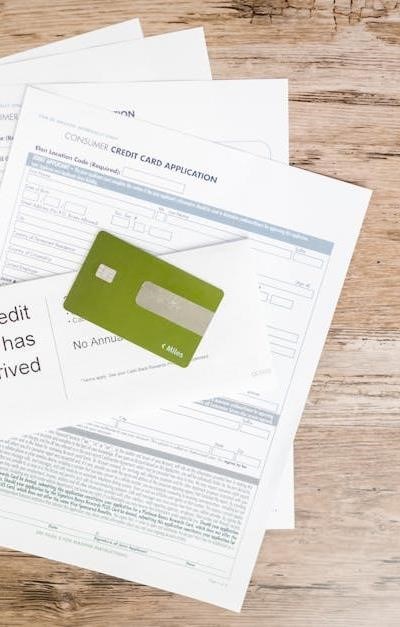
The issuance of credit cards is a complex process heavily reliant on the robust infrastructure provided by credit bureaus. These organizations serve as central repositories of consumer credit information, facilitating risk assessment for financial institutions and issuers. This article details the pivotal role credit bureaus play throughout the credit card lifecycle, from credit applications to ongoing account management.
Credit Reporting and Scoring Models
Credit bureaus – Experian, Equifax, and TransUnion being the predominant entities in the United States – compile credit reports based on information submitted by data furnishers. These furnishers include banks, lenders, and other entities extending credit. The information contained within these reports forms the basis for calculating credit scores, the most widely used being the FICO score and VantageScore.
These scoring models analyze various components of an individual’s credit history to determine their creditworthiness. Key factors influencing these scores include payment history (the most significant factor), amounts owed (credit utilization), length of credit history, credit mix, and new credit. A higher score generally indicates lower credit risk.
The Issuance Process & Risk Mitigation
When a consumer submits a credit application, the issuer typically requests a copy of their credit report and credit score from one or more credit bureaus. This information is crucial to the approval process. Issuers utilize this data to assess the applicant’s ability and willingness to repay debt.
The creditworthiness assessment directly impacts several aspects of the credit card offer, including credit limits and interest rates (expressed as APR); Applicants with higher credit scores are generally offered higher credit limits and lower APRs, reflecting their lower perceived risk. Conversely, those with lower scores may be offered lower limits, higher rates, or even denied credit altogether.
Types of Credit Inquiries
Credit bureaus record all requests for credit reports. These inquiries are categorized as either soft inquiries or hard inquiries. Soft inquiries, such as those initiated by consumers checking their own credit or pre-approved credit card offers, do not impact credit scores. However, hard inquiries, which occur when an issuer reviews an application, can temporarily lower a score.
Negative Credit Information
Credit reports also contain negative information that can significantly impact creditworthiness. This includes public records (e.g., bankruptcies, judgments), collections accounts, charge-offs, and bankruptcy filings. The presence of such items signals increased credit risk to potential lenders.
Consumer Rights and Dispute Resolution
The Fair Credit Reporting Act (FCRA) grants consumers specific rights regarding their credit reports. These rights include the right to access their report, dispute inaccuracies, and request removal of erroneous information. Dispute resolution processes are established to investigate and rectify inaccuracies reported by data furnishers. Maintaining accuracy in credit reports is paramount.
Credit Monitoring and Fraud Prevention
Credit monitoring services, often offered by credit bureaus or third-party providers, alert consumers to changes in their credit reports. This can assist in early detection of identity theft and fraud prevention. Promptly addressing any unauthorized activity is crucial to mitigating potential financial harm.
Beyond Credit Cards: Other Applications
While central to credit card issuing, credit bureau data is also utilized for other purposes, including background checks for employment, rental applications, and insurance underwriting. The principles of credit risk assessment remain consistent across these applications.
Improving Creditworthiness
Consumers can proactively improve their creditworthiness through responsible financial behavior. This includes making timely payments, maintaining low credit utilization, and avoiding excessive applications for new credit. Credit counseling can provide valuable guidance for individuals struggling with debt management.
Ultimately, credit bureaus play an indispensable role in the lending ecosystem, enabling financial institutions to make informed decisions and extending consumer credit responsibly.




A thoroughly researched and clearly presented exposition on the interplay between credit bureaus and credit card issuance. The author correctly identifies the core components of the process, from data furnishing to risk mitigation. The acknowledgement of both FICO and VantageScore models demonstrates a nuanced understanding of the field. Further exploration of the regulatory landscape surrounding credit reporting, such as the Fair Credit Reporting Act (FCRA), would be a logical extension of this informative piece.
This article provides a concise yet comprehensive overview of the critical function credit bureaus perform within the credit card ecosystem. The delineation between credit reporting, scoring models, and the subsequent impact on credit card issuance terms is particularly well-articulated. The emphasis on the weighting of factors within credit scoring – notably payment history – is a valuable insight for both industry professionals and consumers seeking to understand creditworthiness assessment.